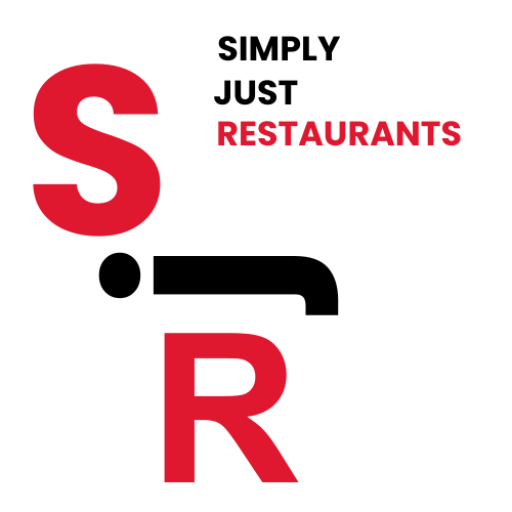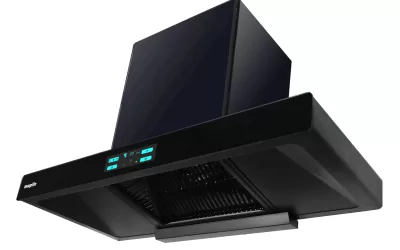- Introduction to Dough making machine
- Understanding the Dough making Machine
- Setting Up the Dough making Machine
- Tips for Ingredients and Measurements
- Basic Dough Recipe
- Step-by-Step Guide to Making Dough
- Troubleshooting Common Issues in dough making machine
- Cleaning and Maintenance
- Advanced Tips and Recipes
- FAQ
- Conclusion
Introduction to Dough making machine
Dough making machines, also known as bread makers or dough mixers, have revolutionized home baking. They simplify the process of making dough for bread, pizza, pastries, and more. This guide will provide you with all the necessary information to get the best results from your dough making machine.
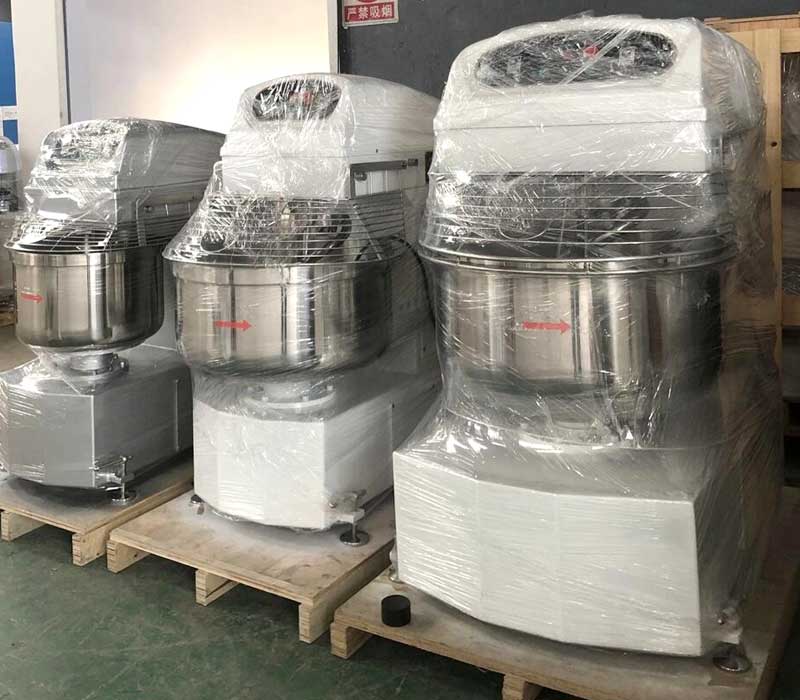
Understanding the Dough making Machine
Components
- Main Body: Houses the motor and control panel.
- Mixing Bowl/Pan: Where ingredients are combined and kneaded.
- Kneading Paddle: Attaches inside the mixing bowl to knead the dough.
- Lid: Covers the mixing bowl to maintain a consistent environment for rising.
- Control Panel: Used to select programs and settings.
Functions
- Kneading: Mixes ingredients and develops gluten in the dough.
- Resting: Allows the dough to rest, aiding in gluten development.
- Rising: Provides a warm environment for the dough to rise.
- Baking: Some machines also bake the dough directly.
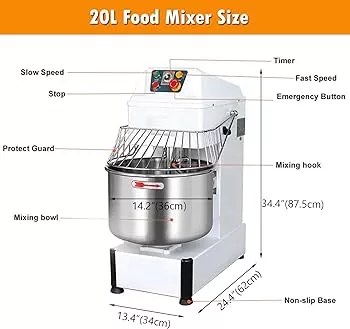
Setting Up the Dough making Machine
Unpacking
- Carefully remove the machine from its packaging.
- Ensure all components are included and check for any damage.
Assembling the Machine
- Place the machine on a stable, flat surface.
- Insert the kneading paddle into the mixing bowl.
- Secure the mixing bowl inside the machine.
- Attach the lid.
Safety Precautions
- Read the manufacturer’s manual thoroughly.
- Ensure the machine is plugged into a grounded outlet.
- Keep the dough making machine away from water sources.
- Do not operate the machine with wet hands.
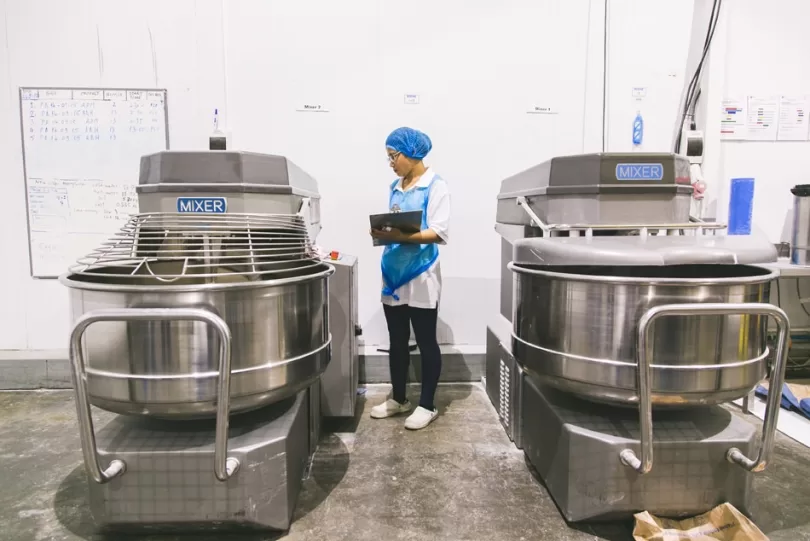
Tips for Ingredients and Measurements
Choosing the Right Flour
- All-Purpose Flour: Suitable for most dough recipes.
- Bread Flour: Higher protein content, ideal for bread dough.
- Whole Wheat Flour: Adds a nutty flavor and dense texture.
Liquids and Yeast
- Water/Milk: Should be at room temperature or slightly warm.
- Yeast: Use active dry yeast or instant yeast as specified in your recipe.
Additional Ingredients
- Salt: Enhances flavor and strengthens gluten structure.
- Sugar: Feeds the yeast and adds sweetness.
- Fats (Butter, Oil): Adds moisture and flavor.
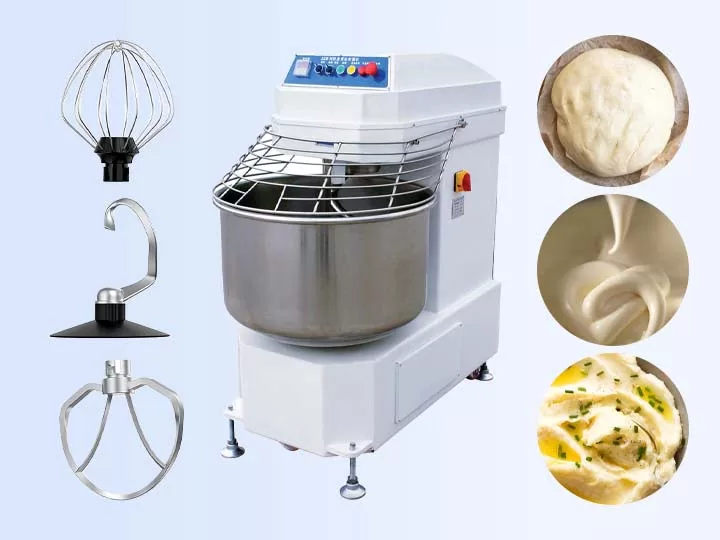
Basic Dough Recipe
Ingredients:
- 3 cups bread flour
- 1 cup warm water
- 1 tsp salt
- 1 tbsp sugar
- 2 tbsp olive oil
- 1 tsp active dry yeast
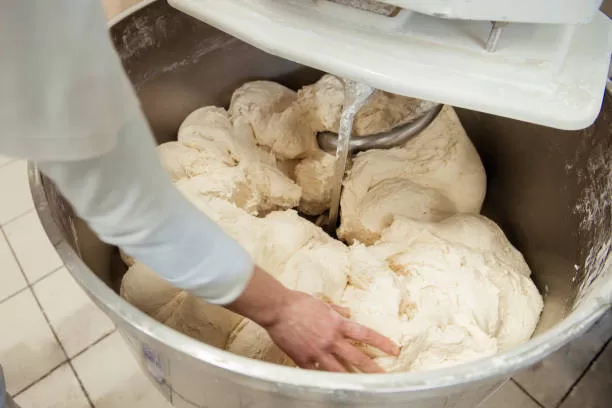
Step-by-Step Guide to Making Dough
Preparing the Ingredients
- Measure out all ingredients accurately.
- Use a kitchen scale for precise measurements.
Adding Ingredients to the dough Machine
- Add liquids (water, milk, oil) first.
- Add flour and other dry ingredients.
- Make a small well in the flour and add the yeast last.
Selecting the Program
- Close the lid and plug in the machine.
- Select the appropriate dough program from the control panel.
- Press start to begin the cycle.
Kneading and Rising Cycles
- The machine will mix and knead the dough for the first 20-30 minutes.
- Once kneading is complete, the dough will rest and rise.
- The entire cycle typically takes 1.5 to 2 hours.
Final Dough Preparation
- Once the cycle is complete, remove the dough from the dough making machine.
- Knead it briefly by hand to release any air bubbles.
- Shape the dough as desired for your recipe.
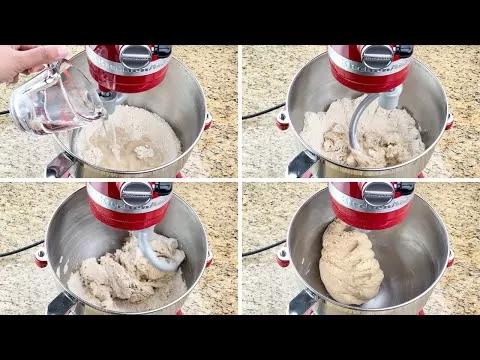
Troubleshooting Common Issues in dough making machine
Dough Consistency
- Too Sticky: Add a tablespoon of flour at a time until manageable.
- Too Dry: Add a teaspoon of water at a time until desired consistency is reached.
Machine Malfunctions
- Machine Doesn’t Start: Check power connection and program selection.
- Dough Doesn’t Rise: Ensure yeast is fresh and not expired. Check room temperature.
Cleaning and Maintenance
Cleaning the Machine
- Unplug the machine and allow it to cool completely.
- Remove the mixing bowl and kneading paddle.
- Wash the bowl and paddle with warm, soapy water. Dry thoroughly.
- Wipe the exterior of the dough making machine with a damp cloth.
Regular Maintenance Tips
- Regularly check the kneading paddle and mixing bowl for wear and tear.
- Ensure the machine’s vents are free of dust and debris.
- Periodically run a cleaning cycle with water and a few drops of dish soap.
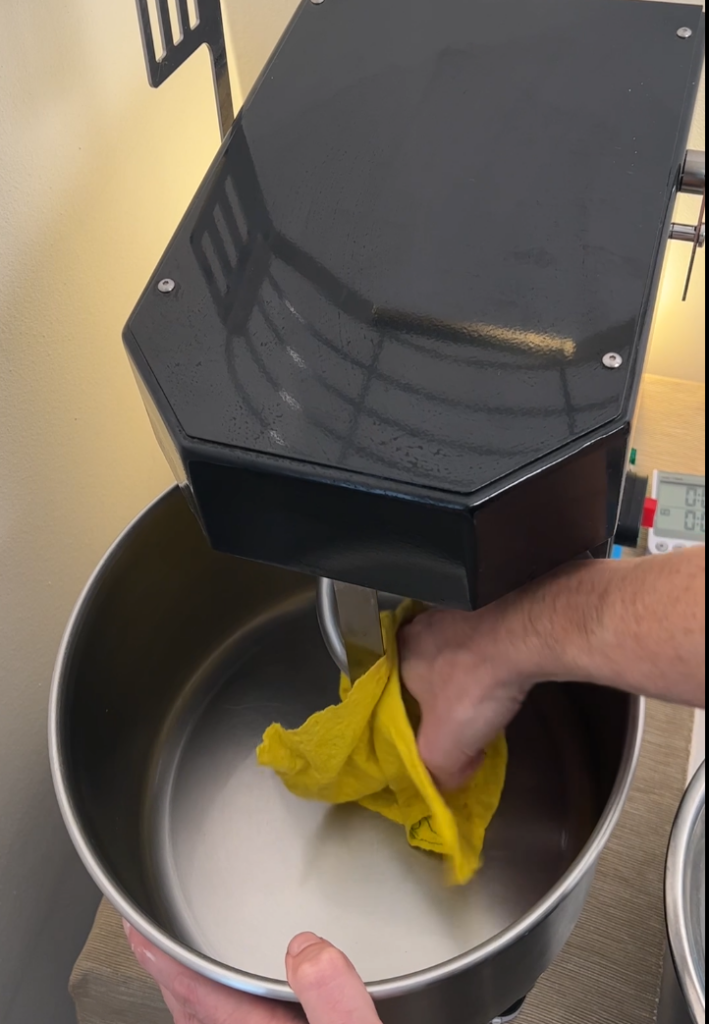
Advanced Tips and Recipes
Whole Wheat and Gluten-Free Dough
- Substitute part or all of the all-purpose flour with whole wheat flour.
- For gluten-free dough, use a blend of gluten-free flours and add xanthan gum.
Enriched Doughs (Brioche, Challah)
- Add eggs, butter, and milk for richer, softer doughs.
- Adjust rising time as these doughs can take longer to rise.
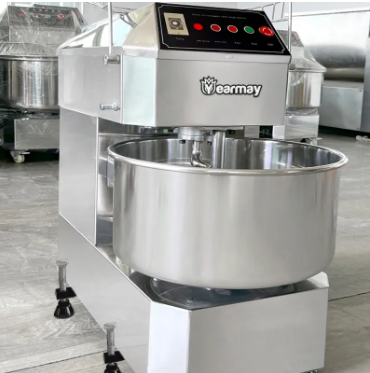
FAQ
What types of dough can I make with a dough making machine?
You can make a variety of doughs including bread dough, pizza dough, pastry dough, and specialty doughs like brioche and challah.
2. Can I use my dough machine for gluten-free dough?
Yes, many dough machines can handle gluten-free dough. Be sure to use a gluten-free flour blend and follow a recipe specifically designed for gluten-free baking.
3. How do I know how much yeast to use?
The amount of yeast depends on the recipe you are following. Typically, bread recipes require 1 to 2 teaspoons of active dry yeast for every 3 cups of flour.
4. Can I add ingredients like nuts, seeds, or dried fruit to the dough?
Yes, you can add these ingredients. Most machines have an add-in beep or signal indicating when to add extra ingredients during the kneading cycle.
5. How long does it take to make dough in the dough making machine?
The entire dough-making process, including kneading and rising, typically takes 1.5 to 2 hours, depending on the machine and the specific program you select.
6. My dough is too sticky. What should I do?
If your dough is too sticky, add a tablespoon of flour at a time until it reaches the desired consistency. Be careful not to add too much flour, as this can make the dough too dry.
7. My dough didn’t rise properly. What went wrong?
Possible reasons include expired yeast, incorrect water temperature, or the dough not having enough time to rise. Ensure your yeast is fresh and the water is at the right temperature (usually lukewarm).
8. Can I leave the dough in the dough making machine overnight?
It depends on the Dough making machine. Some models have a delayed start feature that allows you to set the machine to start at a later time. However, leaving dough to rise too long can result in overproofing.
9. How do I clean my dough machine?
Unplug the machine and allow it to cool. Remove the mixing bowl and kneading paddle, and wash them with warm, soapy water. Wipe the exterior of the machine with a damp cloth. Avoid submerging the Dough making machine or using abrasive cleaners.
10. My dough making machine won’t start. What should I check?
Ensure the dough making machine is plugged in and the power outlet is working. Check that the mixing bowl is properly inserted and the lid is securely closed. Refer to the user manual for specific troubleshooting steps.
11. What should I do if the kneading paddle gets stuck?
If the kneading paddle is stuck, try soaking the mixing bowl in warm water to loosen any dough. Gently wiggle the paddle to remove it. Avoid using excessive force, as this can damage the paddle or bowl.
12. Can I make dough without using a pre-set program?
Yes, you can manually control the kneading and rising times if your machine allows it. Refer to the user manual for instructions on manual operation.
Conclusion
Using a dough machine can greatly simplify the process of preparing homemade dough. With the right ingredients, careful measurements, and proper machine use, you can create a variety of doughs for different baked goods. Regular maintenance and understanding common issues will ensure your machine works efficiently for years to come. Enjoy the satisfaction of fresh, homemade dough with ease!
About Author nikita kapali
You May Also Like…
2024 Buyer’s Guide: How to Choose the Best Auto Clean Chimney for Your Kitchen
IntroductionA chimney is essential for a clean and safe kitchen. Kitchen chimneys are essential for aesthetics and...
How to Choose the Right POS Software for Your Restaurant in India
Introduction Profits are what make it all worthwhile. Running a successful restaurant requires an efficient...

